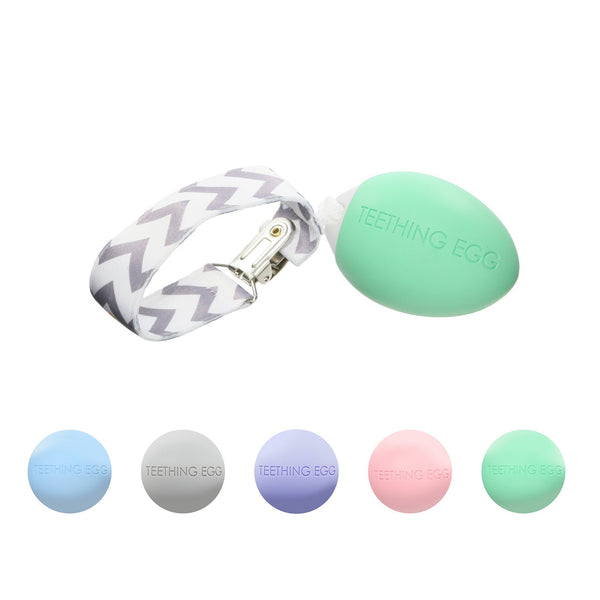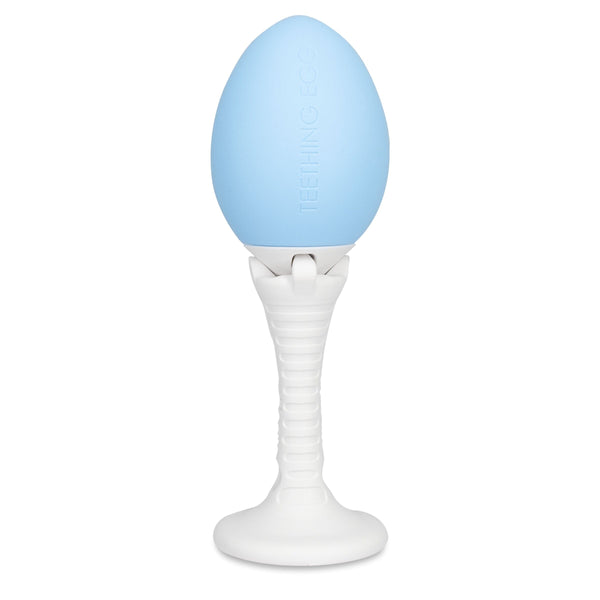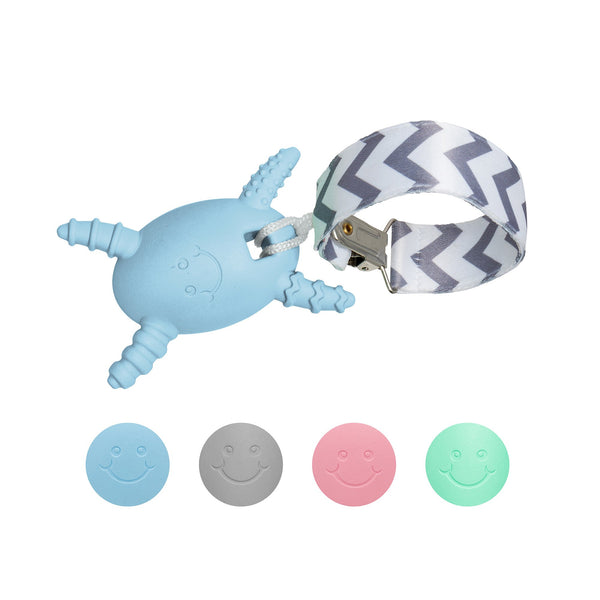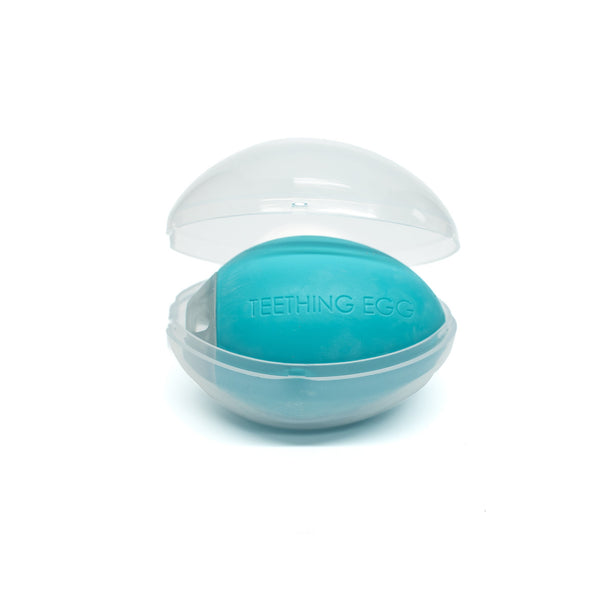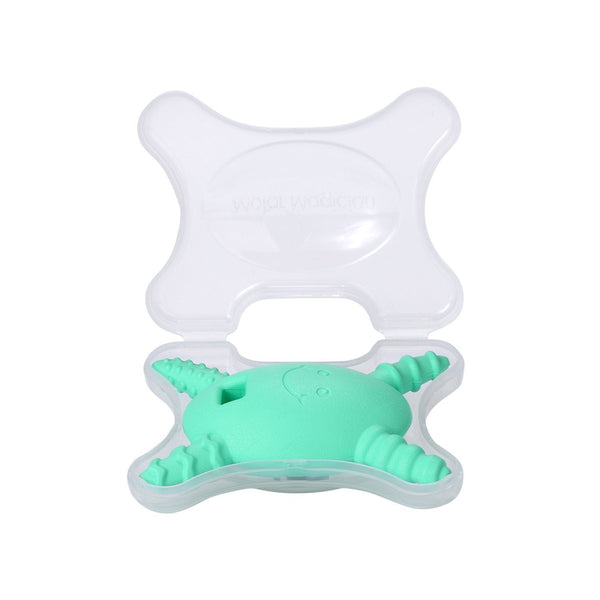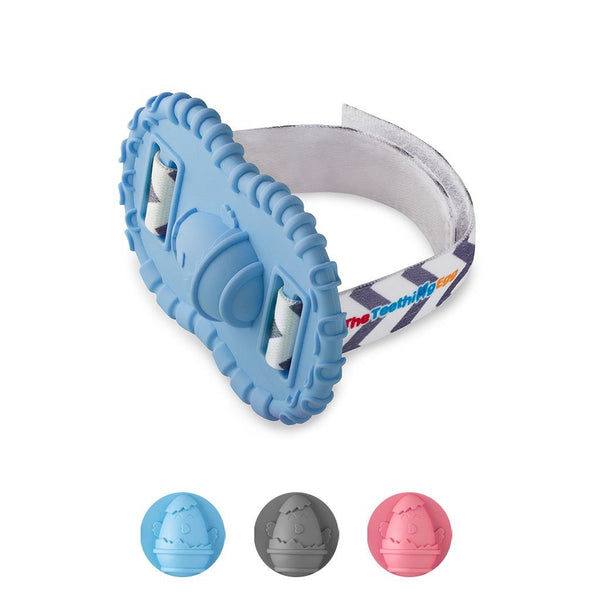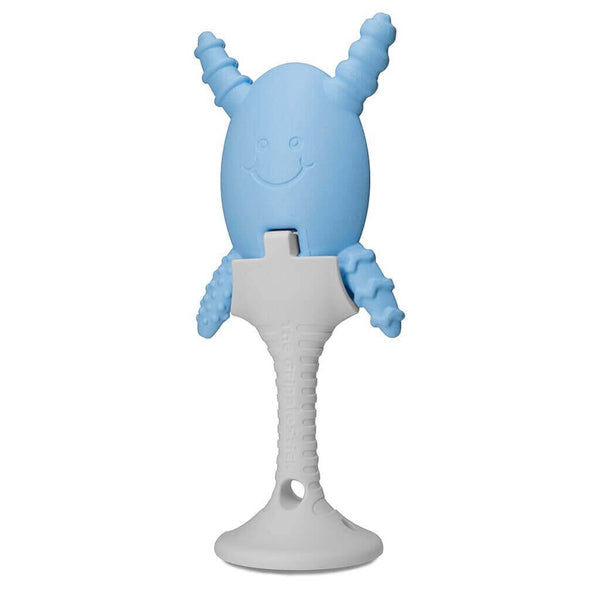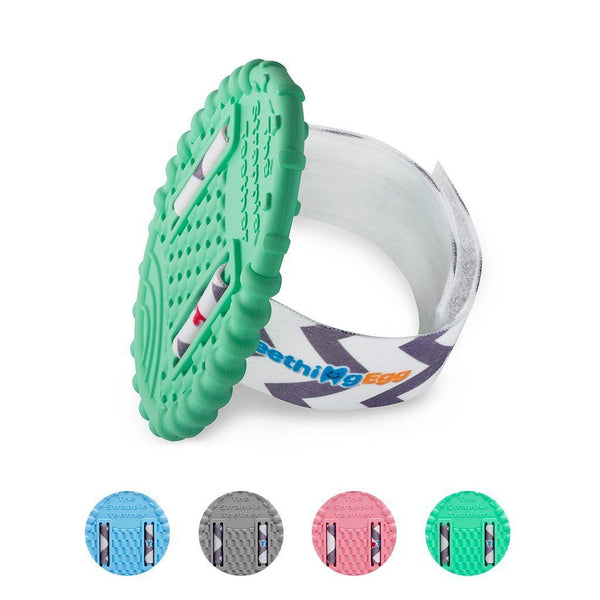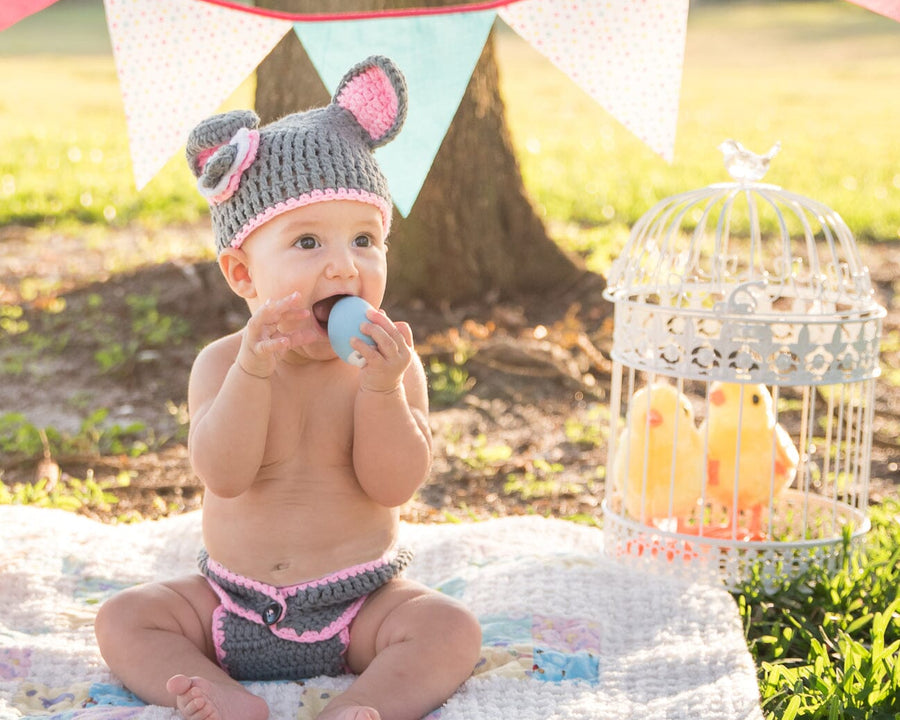Teething is a pivotal milestone in a baby's development, marking the emergence of their first teeth and the beginning of their journey towards a healthy oral foundation. This phase, while exciting, can be accompanied by discomfort and challenges for both the baby and the parents. Learning to care for a baby's teeth from the onset is of paramount importance. Proper dental care not only ensures the health and strength of these primary teeth but also sets the stage for lifelong oral hygiene habits, safeguarding the child's future dental well-being.
When do babies start getting their teeth?
Babies typically start teething between 4 and 7 months of age. The first teeth to appear are usually the two bottom front teeth, known as the central incisors. This is followed by the top front teeth. However, it's important to note that the timing can vary widely from one baby to another. Some babies might get their first tooth as early as 3 months, while others might not have one until after their first birthday.
Here's a general timeline for when babies' teeth typically come in:
- Central incisors (bottom front teeth): 6-10 months
- Central incisors (top front teeth): 8-12 months
- Lateral incisors (next to the front teeth) on the top: 9-13 months
- Lateral incisors (next to the front teeth) on the bottom: 10-16 months
- First molars (back teeth): 13-19 months
- Canines (pointed teeth between the molars and incisors): 16-23 months
- Second molars (back teeth): 23-33 months
By the age of 3, most children have a full set of 20 primary teeth, also known as baby teeth. These teeth will eventually fall out to make way for permanent adult teeth.
It's important to remember that these are average ages, and there's a wide range of normal when it comes to teething. If you have concerns about your baby's teeth or teething process, it's always a good idea to consult with a pediatrician or pediatric dentist.
How do you take care of a baby's teeth?
Taking care of a baby's teeth is essential for their overall oral health and to prevent dental problems as they grow older. Here are some steps and guidelines for taking care of baby's teeth:
- Start Early: Even before your baby's first tooth appears, you can start by cleaning their gums. Use a soft, damp washcloth or a piece of gauze to gently wipe the gums after feedings and before bedtime.
- Use a Baby Toothbrush: Once the first tooth appears, you can start using a soft-bristled baby toothbrush. Use water and a tiny amount of fluoride toothpaste (about the size of a grain of rice).

- Fluoride Toothpaste: By the age of 3, you can increase the amount of fluoride toothpaste to a pea-sized amount. Fluoride helps prevent tooth decay by strengthening the enamel.
- Brushing Technique: Gently brush the teeth in a circular motion, making sure to get the front, back, and chewing surfaces of the teeth.
- Avoid Bedtime Bottles: Don't put your baby to bed with a bottle filled with milk, formula, juice, or any sugary liquid. This can lead to "bottle mouth," where sugars from the liquid stay on the teeth overnight, leading to tooth decay.
- Limit Sugary Foods and Drinks: As your baby starts eating solid foods, try to limit sugary snacks and drinks. This includes fruit juices, which can be high in sugar.
- Regular Dental Check-ups: Schedule your baby's first dental appointment by their first birthday or when their first tooth appears, whichever comes first. Regular dental check-ups will help ensure that your child's teeth are developing properly and remain healthy.
- Avoid Sharing Saliva: Avoid sharing spoons or cleaning pacifiers with your mouth, as this can introduce cavity-causing bacteria to your baby's mouth.
- Use Fluoridated Water: If your tap water is fluoridated, use it to prepare your baby's formula or to drink. Fluoridated water can help prevent tooth decay.
- Teething: Teething can be a challenging time for babies and parents. To soothe teething pain, offer a clean teething ring or cold washcloth. Avoid using teething gels or tablets unless recommended by a healthcare professional, as some products may have side effects.
- Healthy Diet: As your baby transitions to solid foods, provide a balanced diet with fruits, vegetables, and dairy products. This not only supports overall health but also promotes good oral health.
- Teach Good Habits: As your child grows, teach them the importance of brushing and flossing. Make it a fun and routine activity.
Remember, establishing good oral hygiene habits early on will set the foundation for a lifetime of healthy teeth and gums. If you have concerns or questions about your baby's oral health, consult with a pediatric dentist.
What is a good procedure to take care of a baby’s teeth during their teething phase
Taking care of a baby's teeth during the teething phase is crucial, not only to ensure the health of emerging teeth but also to provide comfort to the baby. Here's a procedure to follow:
Procedure for Taking Care of Baby's Teeth During Teething:
- Gum Massage: Before the teeth emerge, you can gently massage your baby's gums with a clean finger. This can help relieve some of the discomfort associated with teething.
- Clean the Teeth: Once the teeth start to appear, clean them twice a day using a soft baby toothbrush with water. At this stage, you don't need toothpaste unless advised by a dentist.
- Avoid Sugary Liquids: Even during teething, it's essential to avoid giving your baby sugary liquids, especially before bedtime, as this can lead to tooth decay.
- Pain Relief: If your baby seems to be in pain, you can consult with a pediatrician about giving a dose of acetaminophen or ibuprofen (for babies over six months). Always follow the recommended dosage and avoid giving aspirin to babies.
- Cold Items: Offering cold items can help soothe sore gums. This could be a cold washcloth, spoon, or teething ring. Make sure these items are clean and safe for the baby to chew on.
Best Teething Toys for babies:
- Silicone Teething Rings: These are soft and chewy, making them perfect for sore gums. They're also easy to clean.
- Wooden Teething Rings: Natural wood can be a good option, but ensure it's smooth and untreated to prevent splinters or exposure to harmful chemicals.
- Cold Teething Toys: Some teething toys can be chilled in the refrigerator (not the freezer, as they can become too hard and might hurt the baby's gums). The cold can help numb the gums and provide relief.
- Textured Teething Toys: Toys with various textures can massage the gums and provide relief.
- Cloth Teething Toys: Some babies prefer biting on fabric. You can find cloth teething toys that are safe for babies to chew on. Some even come with parts that can be wet and frozen for added relief.
- Avoid Liquid-Filled Teething Toys: While these can be chilled to provide relief, they can also break or leak, which can be a choking hazard.
- Teething Necklaces: While popular, be cautious with teething necklaces, especially amber ones. There's no scientific evidence supporting their effectiveness, and they can pose a choking or strangulation risk.
When choosing a teething toy, ensure it's made of safe, non-toxic materials just like our teethers here at the Teething Egg. The Teething Egg has a range of award winning baby teethers that are lab tested and certified safe for your baby. Regularly inspect teething toys for signs of wear or breakage, and replace them if needed. Always supervise your baby while they're using a teething toy.
Lastly, if you're concerned about your baby's teething or oral health, always consult with a pediatrician or pediatric dentist. They can provide guidance tailored to your baby's specific needs.
